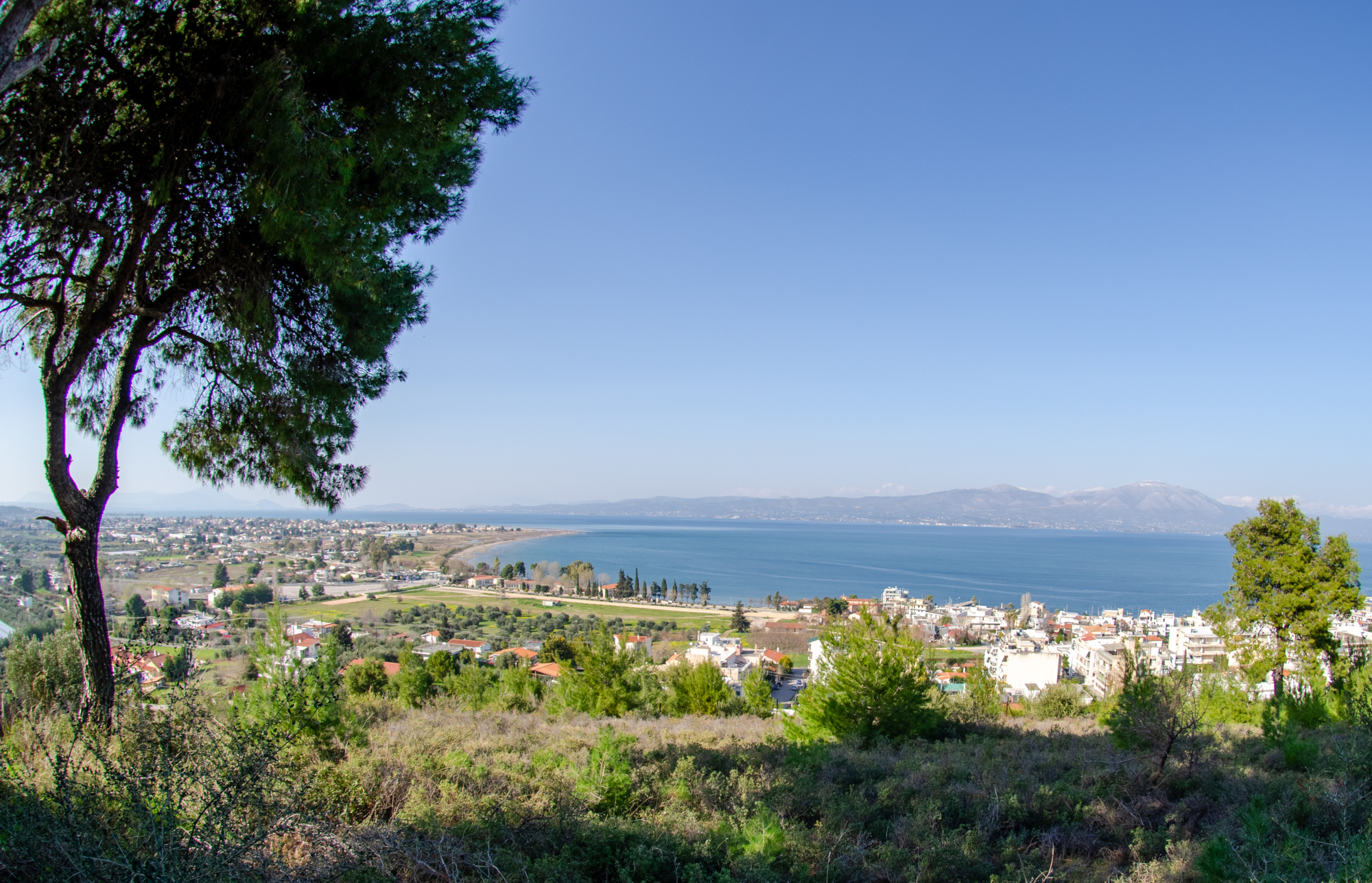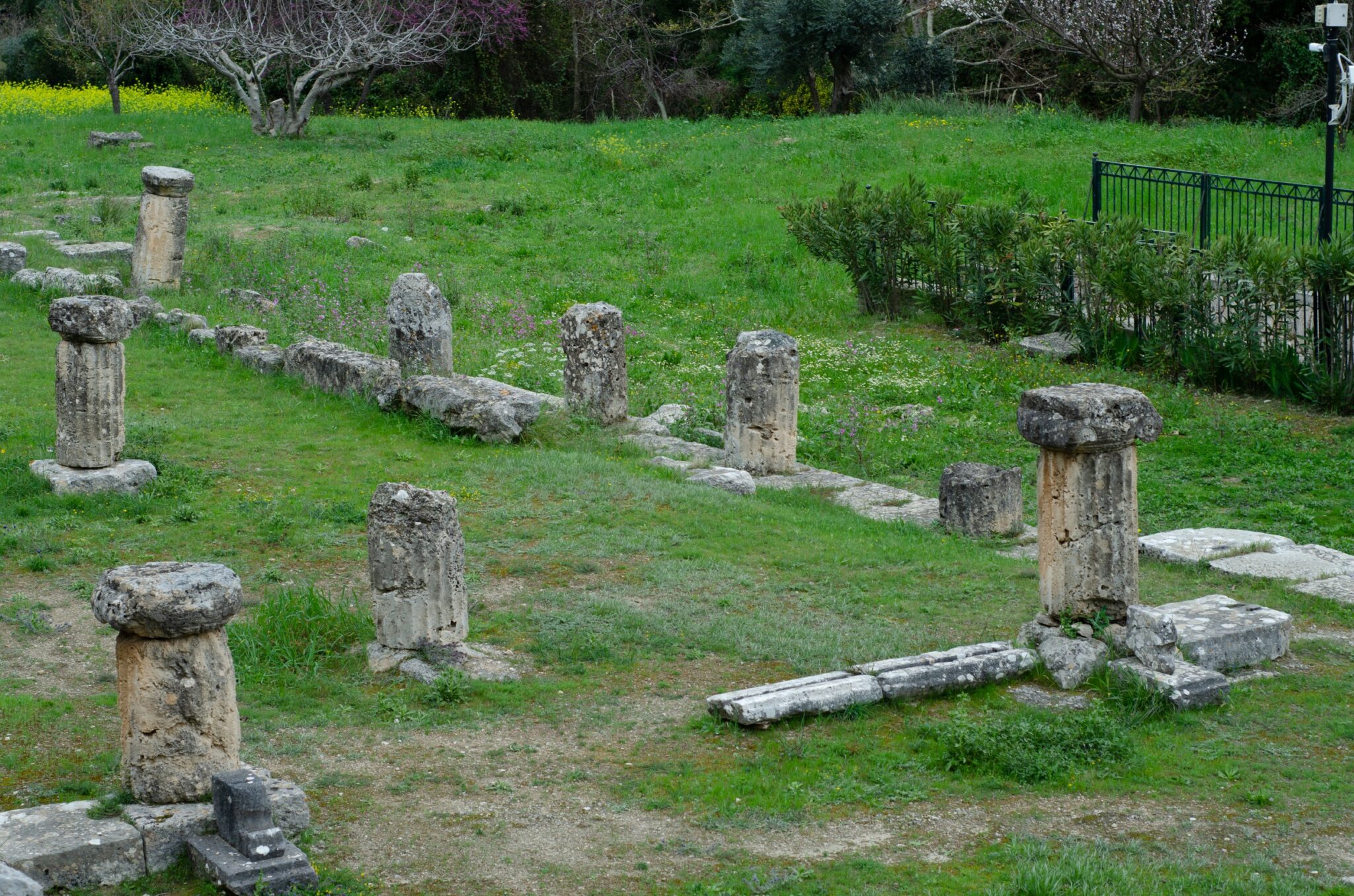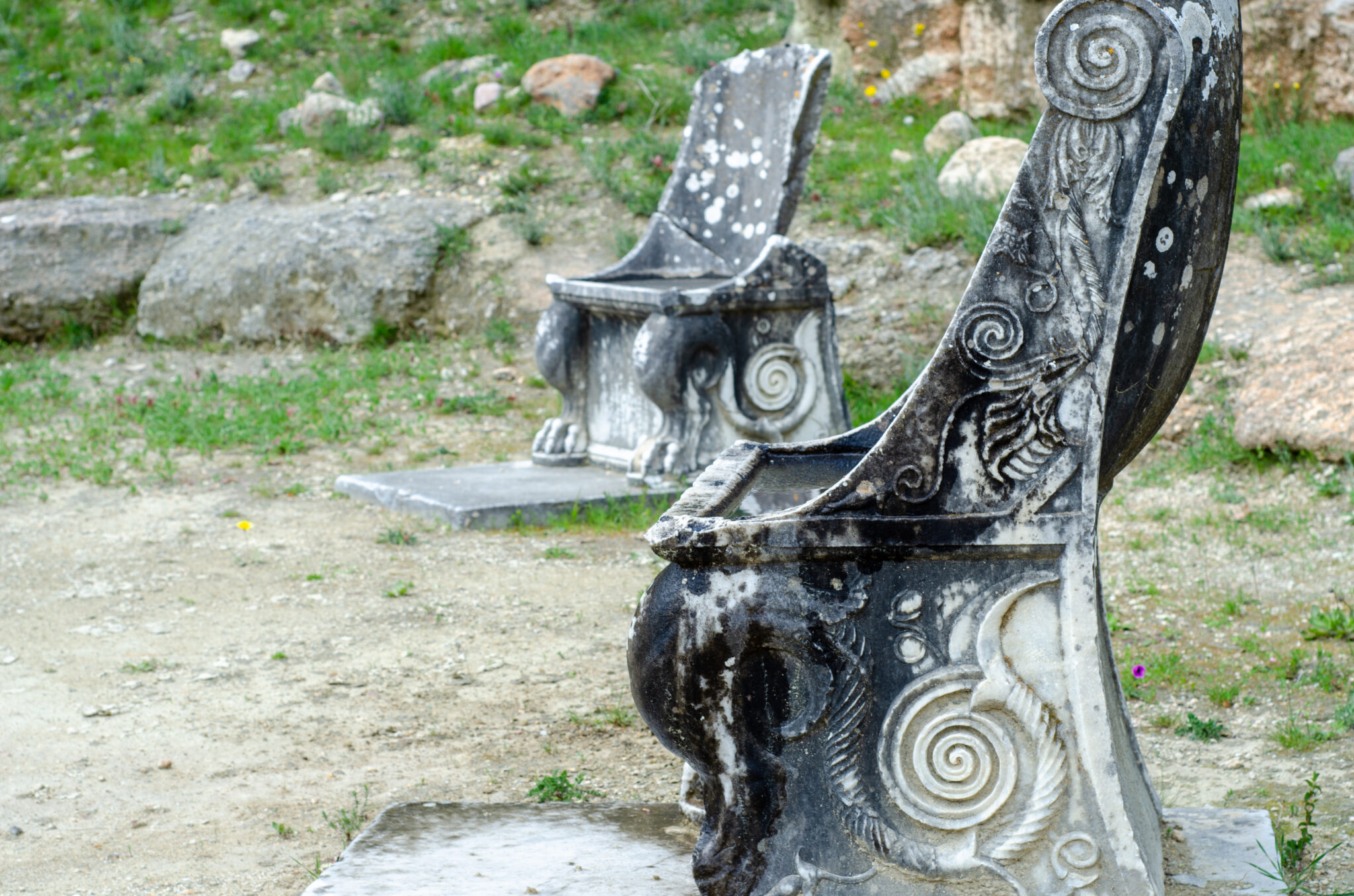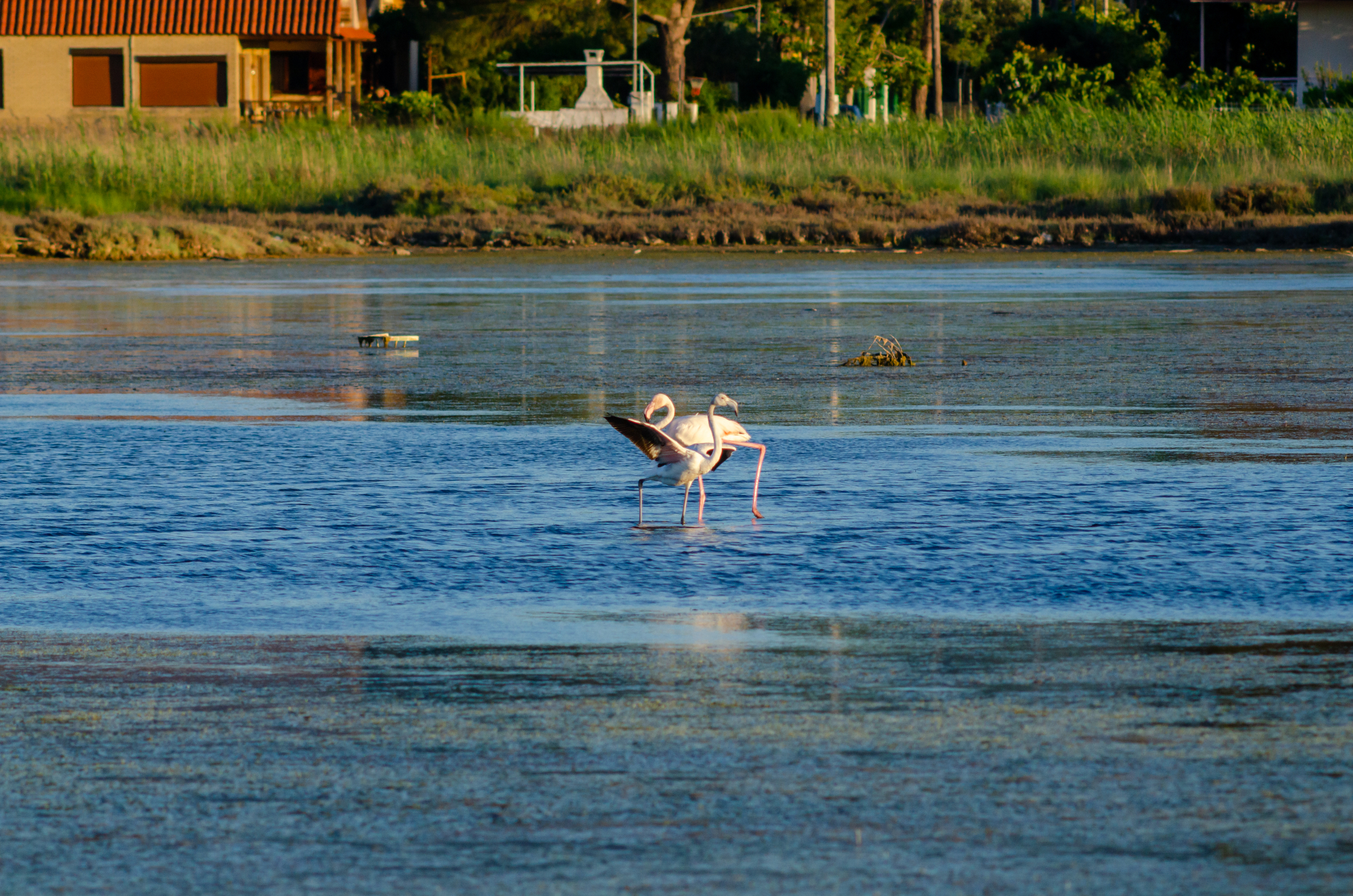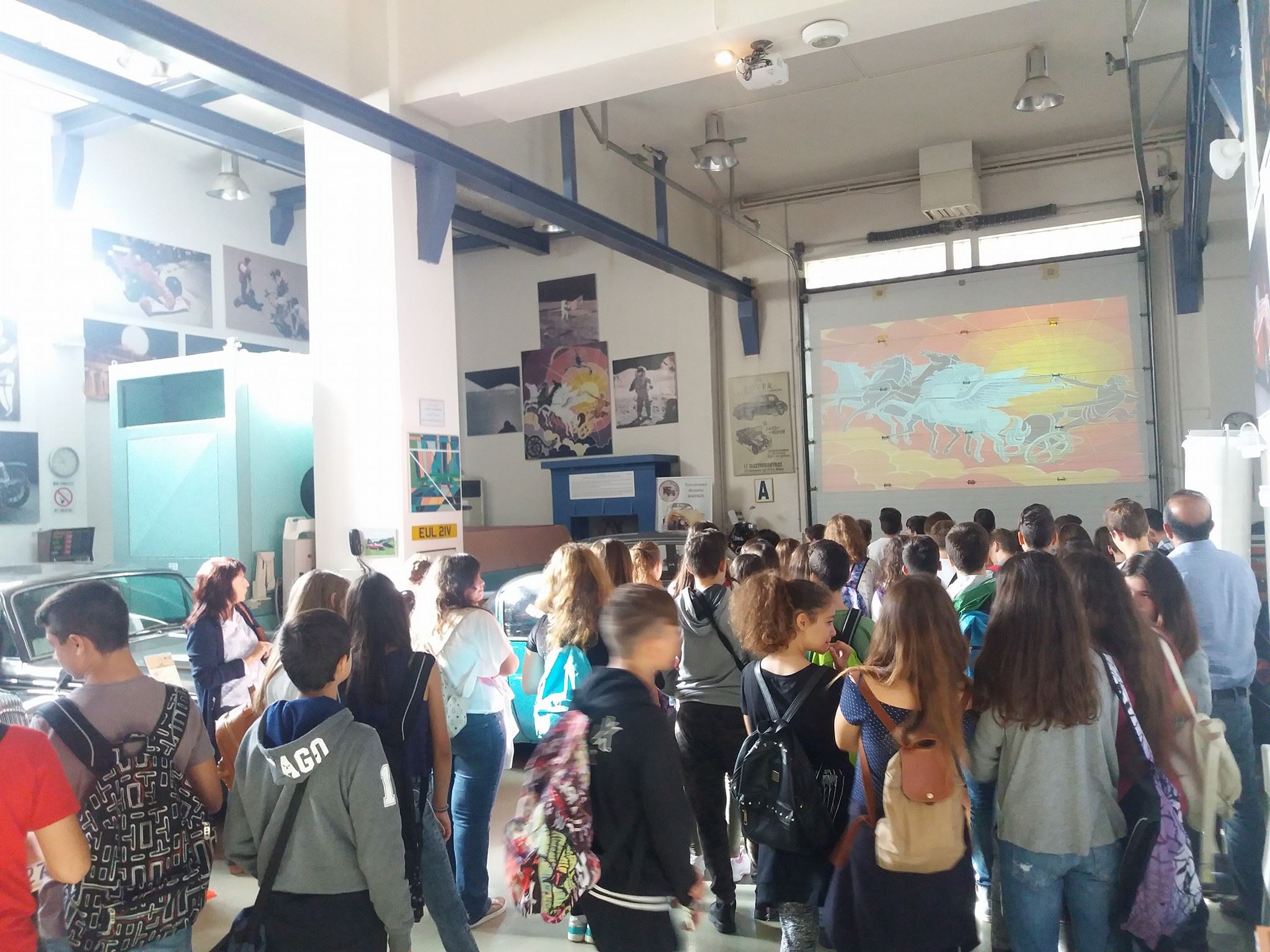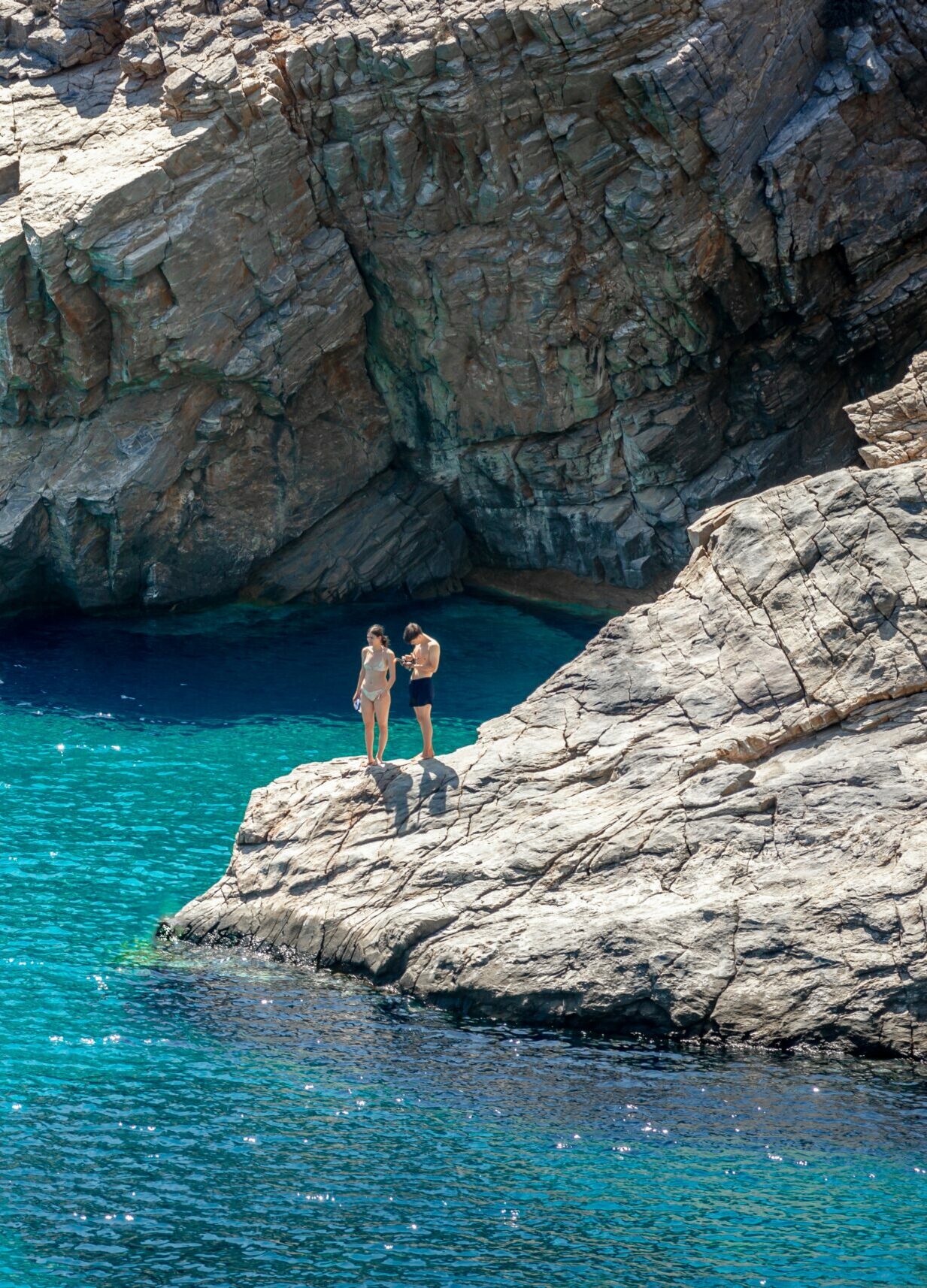The area of Oropos is one of the most famous holiday towns in Attica. However, that’s not all. It is a verdant area filled with charming paths for beautiful walks and hills overlooking the Evian Gulf.
Very easily accessible, Oropos has the best of both worlds; mountain and sea. Moreover, the town boasts numerous dining and entertainment options. Let’s not forget that Attica is a safe and attractive multi-dimensional destination and offers visitors unforgettable experiences throughout the year.
Oropos in ancient times was called Graea and was an important agricultural power belonging to the city of Tanagra. Graea, located where the village of Skala Oropou is today, was on the border of the administrative power of the Boeotians and the Athenians and was therefore always a cause of conflict between them, as it was a central port that controlled the southern Euboean Gulf. However, after a victorious campaign of the Athenians against the Boeotians, Oropos passed into the hands of Athens, while several years later it gained its autonomy.
During the Byzantine period, it emerged again as an important agricultural power, as its fertile soils favoured cultivation. During the Turkish occupation, however, it was largely destroyed and turned into a supply base for the Turks. Today it is a modern city and a holiday destination for the residents of Attica and beyond.
One of the most interesting visits is to the sanctuary of Amphiaraos, located in a small valley southwest of Skala Oropou, called Mavrodilesi. It was the largest sanctuary in ancient Greece of the chthonic god and hero of Argos, Amphiaraos, and was the main sanctuary of Oropos.
The sanctuary was founded by the end of the 5th century BC and was built on the banks of a stream. On the left bank were the official buildings, the temple, the altar, the stoa, the theatre and on the right bank the quarter. In the quarter, apart from offices, shops and hotels, there was also the Agora and the Clepsydra (hourglass), a special hydraulic clock. The temple is of the 4th century BC. It measured 38 x 14 m and was of Doric style.
On the west side of the archaeological site are the baths of the sanctuary, which in ancient times were very famous and even overshadowed the reputation of the sanctuary. To the west of the baths are the ruins of the “great stoa of the sanctuary”, a 110-metre-long building of the 4th century BC. At its eastern and western ends there were two rooms where those who sought oracles from Amphiaraos stayed overnight. Behind the “great stoa of the sanctuary” lies the theatre dating back to the 2nd century BC. On the periphery of the orchestra were five marble thrones, dating from the 1st century BC, intended for the priests and the official spectators of theatrical events. One of these thrones survives to this day in good condition. According to written testimonies, the sanctuary also hosted games: the “Small Amphiaria”, which took place every year, and the “Great Amphiaria”, which took place every five years and included musical, athletic and equestrian games in which athletes, scholars and actors from all over Greece, Italy and Asia Minor participated.
Opening hours: daily, 08:30 – 15:30. Entrance fee: €2, +30 22950 62144, www.odysseus.culture.gr
In Skala Oropou, very close to the port, there is a small wetland, a small lagoon separated from the southern Evian Sea by a small strip of sand and is an ideal spot for bird watching. The wetland is a stopover for many migratory bird species and a refuge for native birds. More than 100 species of birds have been observed, including mallards, little egrets and whopper swans and sometimes even cranes and flamingos, many of which are protected species. Two kilometres away is the mouth of the river Asopos. Many years ago, the river delta and the small lagoon formed one single wetland.
Another interesting stop is at the FAETHON Technological Museum. If you love cars and their history, here you will have the chance to see for yourself cars from the 1920s and legendary Alfa Romeo, BMW, Jaguar, Lancia, Mercedes, Porsche and Rolls Royce models. Moreover, you’ll see cars once owned by famous politicians such as El. Venizelos and K. Karamanlis, as well as cars of Al Capone, Schumacher and others. The museum also includes exhibits on telecommunications, electronics and physics, as well as defence systems, torpedoes and more. Also impressive is the watch section, which houses around 1500 wrist, pocket and table clocks from the 17th century onwards.
Opening hours: daily, 09:00 – 15:00 upon request. Entrance fee: €10, 36th km. Ave. Markopoulou-Oropou, Kalamos, +30 22950 39261/ 39262, www.phaetonmuseum.gr



